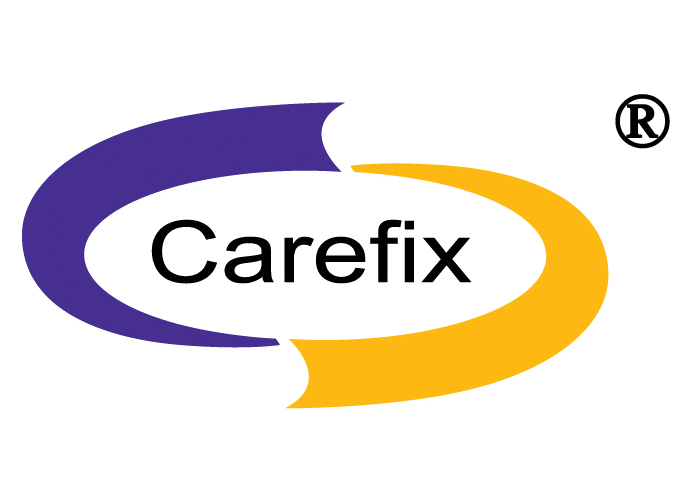Fixator-Assisted Plating (FAP) What is fixator-assisted plating?Fixator-assisted plating or FAP is a surgical procedure where an external fixation device is used to hold a bone in a stable position while a plate and screws are placed into the bone. An external fixator is a device held into the bone with a series of pins and connected like scaffolding outside the bone. When is fixator-assisted plating a good option?Fixator-assisted plating is a good option any time a bone needs to be cut as part of a treatment for a bone deformity or abnormal angle or twist in the bone. In these cases, the bone must be cut in a procedure called an osteotomy. The bone cut then allows the surgeon to correct the position of the bone. FAP is used to hold the bone above and below the bone cut while the surgeon fixes the bone into its corrected position using a metal plate and screws. What happens during the fixator-assisted plating procedure?The surgeon makes small incisions towards the top and bottom of the bone and drills pins into the bone. The pins are then connected with a bar on the outside of the leg. Another incision is made to cut the bone and to make room for the plate that is positioned right up next to the bone. The surgeon then uses the bone cut to bend or twist the bone into a corrected position. The external fixator is then tightened so that it holds the correct position. The surgeon then fixes the bone into its corrected position by screwing a metal plate onto the bone. Once the plate is in place, the external fixation device is removed from the bone.
Before Surgery: X-ray of patient taken before surgery showing that when a line is drawn from the hip to the ankle, the line passes to the outside of the knee indicating a misalignment, knock knees. After Surgery: X-ray of the same patient after acute corrective surgery using fixator-assisted plating. Surgery on the left and right knees were performed two months apart. One Year After Surgery: X-ray of patient taken one year later. When a line is drawn from the hip to the ankle, the line now passes directly through the center of the knee. Acute corrective surgery with fixator-assisted plating has achieved normal alignment. How long does the fixator-assisted plating procedure last?Depending on other procedures that may be done at the same time, the FAP procedure can take about two hours. In some instances, other procedures such as muscle lengthening or nerve decompressions can add additional time to the procedure. How long must patients stay in the hospital after the fixator-assisted plating procedure?Length of hospital stay depends on several factors. However, one to two days is a good estimate. Prior to leaving the hospital, the patient must be able to move around while protecting the operated leg by only putting a small amount of weight on it. To ensure safety at discharge, physical therapy is required in the hospital. What are the benefits of fixator-assisted plating?Fixator-assisted plating helps the surgeon treat bone deformity with great accuracy because the external fixator holds the bone in a good position while he or she places the plate onto the bone. Additionally, the patient gets the benefits of the external fixator during surgery (increased accuracy) but does not have an external fixator on his or her leg for a period of time after surgery.
|


